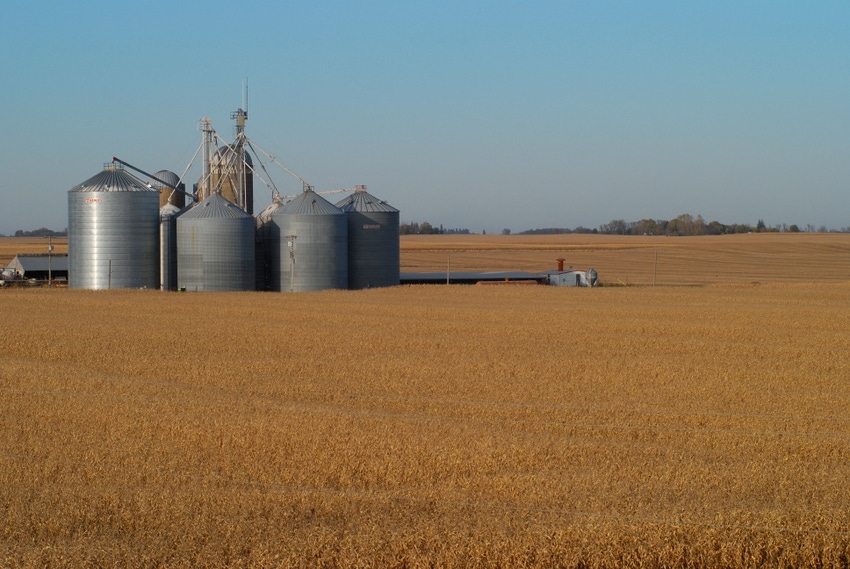
Well, well – quite the summer. How much information can one mind absorb?
Among the positives was the drumbeat for La Nina and crop destroying weather that threatened supply. Add to that a rebound in demand coupled with a renewed view of commodities as an investment alternative. The negatives were economic, like Brexit. All we want to do is make a few rational grain pricing decisions, but a tidal wave of information has rendered us paralyzed.
The problem is focus. We start each morning reading the latest market outlooks and the flood of information begins. Expert opinions are everywhere. La Nina! Brexit! Our focus is on outlook because, if we can figure out which way the market is going, pricing decisions are simple. Good luck with that.
Try a different approach and consider a simple question; “How would you price grain if you had no clue about future price direction?” This simple question turns our focus from outlook to what I call “inlook” -- looking inward at our own operation and searching for pricing decisions that make sense for our business. To answer this question, we need to sift through a few more questions. For example…
What is my cost of production?
Every farmer can estimate a cost of production, and with that estimate you know a price that works for you. When opportunity arises, damn the outlook and get something done.
What are my cash flow needs?
Good marketing decisions are not made in reaction to cash flow needs – they anticipate them.
How much storage do I have available on my farm?
Used wisely, on-farm storage creates opportunities in marketing. Unfortunately, it is often used to carry lasts year’s indecision into next year. With harvest just weeks away, I hope your bins are empty and ready for another crop.
Where I farm, are there times during the year that might favor more aggressive pricing?
Seasonal price patterns favor pricing in the April/May/June period. This is true for old and new crop grain, and it was particularly true this year. I hope you got something done.
By the way, answer these questions and you have just written a marketing plan.
Among brokers, there is a humorous and cryptic reference to a curious and all-to-common order placed by producers – the “cancel-if-close” order. An example is a standing order to sell $10.50 soybeans, placed last winter when the Nov. 16 contract was languishing below $9/bu. April arrives and the market shows strength (better demand!), trading over $10/bu.
Look at the trend – this is no time to sell! The order is canceled and replaced with an order to sell $11.50 soybeans. The surge higher continues in May and June (La Nina!) and the order is canceled again, replaced with an order to sell at $12.00/bu. When the market breaks in June, the “cancel-if-close” order remains unfilled.
Cancel-if-close orders exist because people are driven by outlook. We need less outlook and more inlook, and a focus on decisions that make sense for your business.
About the Author(s)
You May Also Like






